BLOG
BREAKING LANGUAGE BARRIERS: BITBYBIT OPENS 3D DESIGN TO MORE PEOPLE
We are glad to announce that all components of Rete & Blockly are now translated to new languages.
Apr 8, 2025
by Matas Ubarevicius
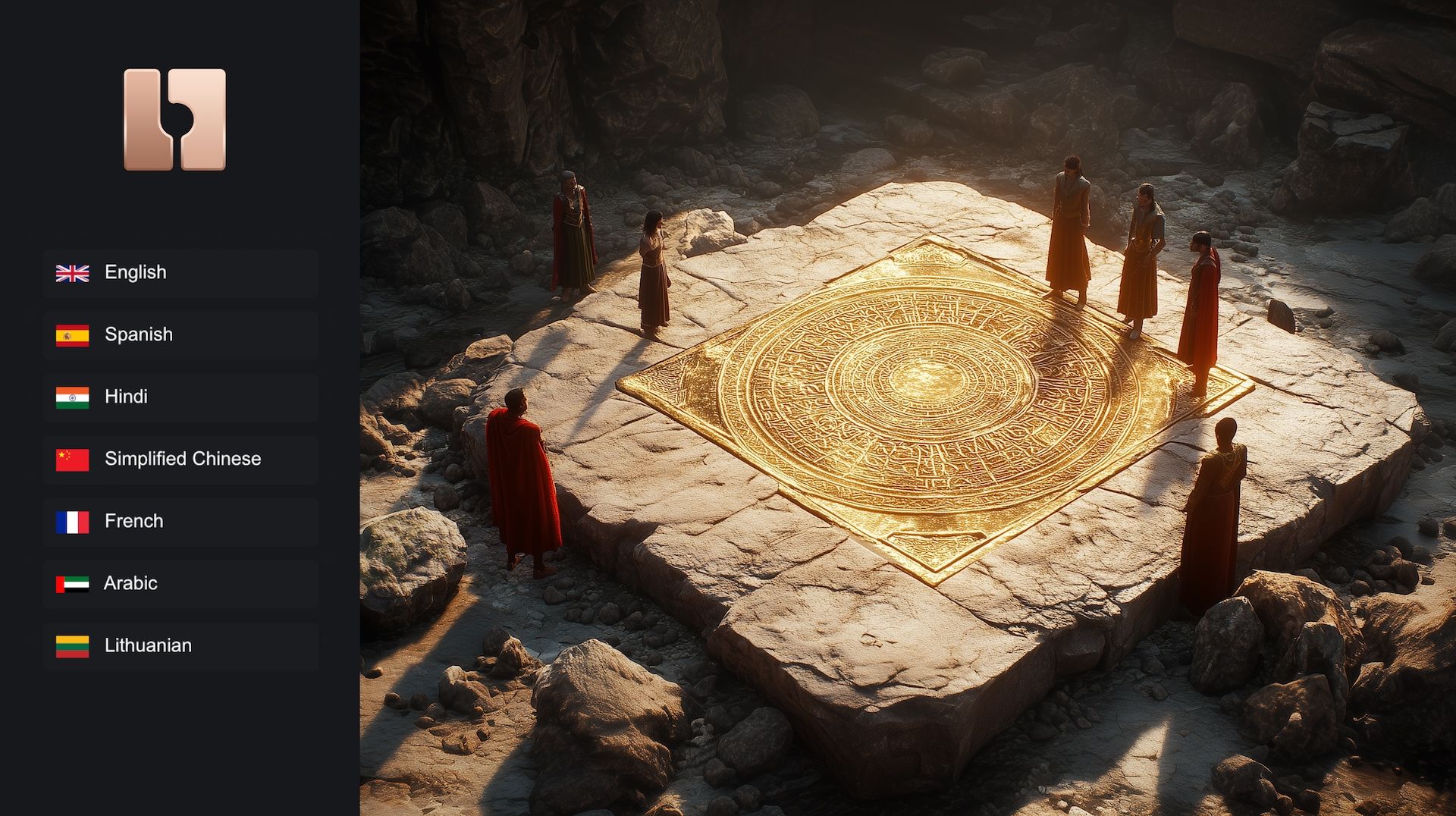
Next to English language we now support Spanish, Hindi, Arabic, Chinese, French and Lithuanian languages. You'll also find a new button that will activate the language of your preference.
UPDATED 3D BITS APP FOR SHOPIFY
We are happy to announce that 3D Bits app for Shopify was updated with some new capabilities for simpler use cases!
Dec 30, 2024
by Matas Ubarevicius
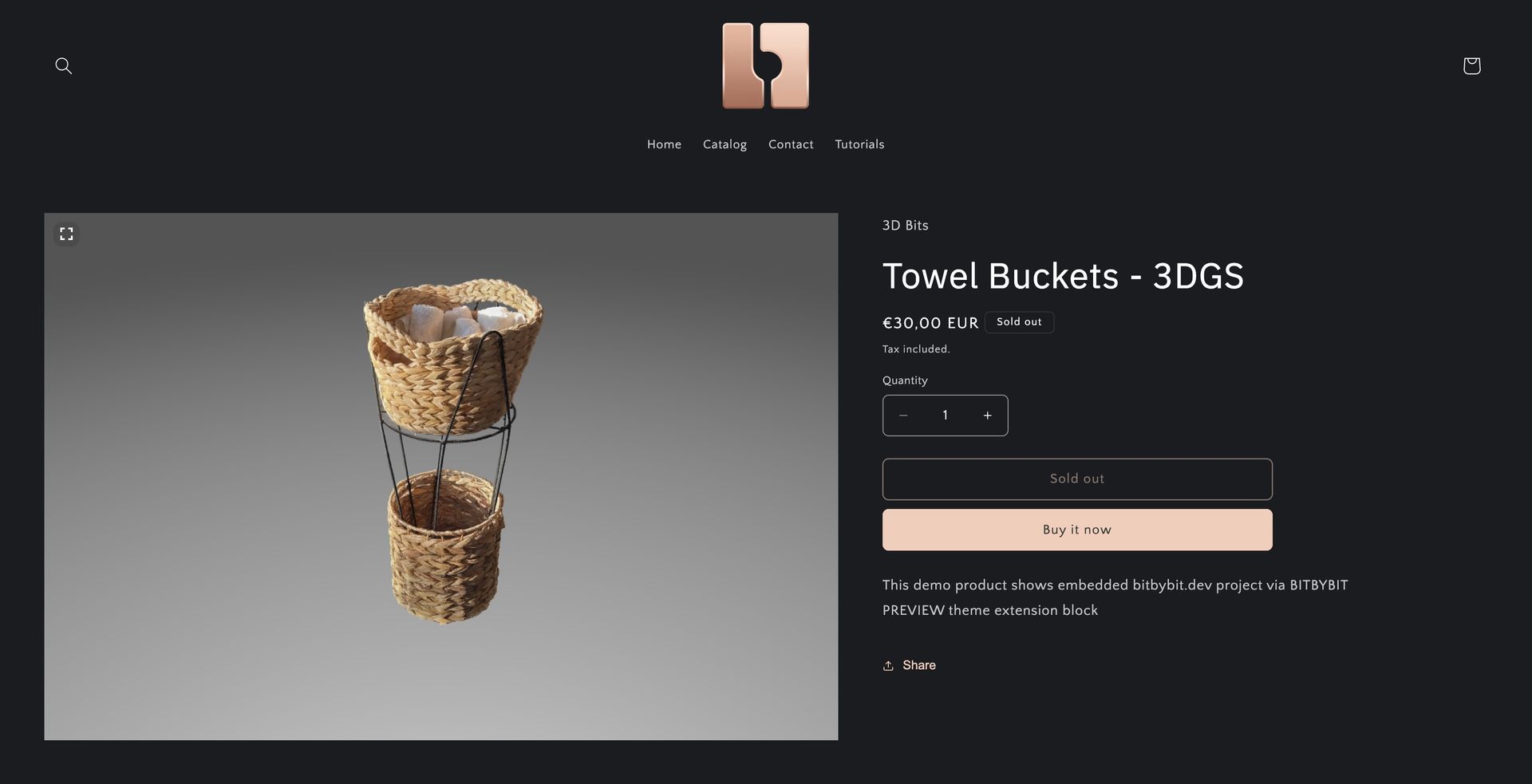
Learning curve associated with programming parametric models is quite steep. We have thus created two new theme app extension blocks, which simplify the use of static 3D models and offer some straightforward integration with public bitbybit.dev projects that do not need to react to changes in product variants.
UPDATED BITBYBIT RUNNERS
Run your scripts wherever you are on the internet. Now both ThreeJS & BabylonJS game engines are supported.
Nov 5, 2024
by Matas Ubarevicius

Our runners allow you to easily include bitbybit into your websites via single UMD javascript file. In the latest release we introduced completely new runner for ThreeJS game engine. We also developed new Lite versions of the runners that allow you to load ThreeJS and BabylonJS separately. Lite versions of our bundles are much smaller as they do not contain actual game engine dependencies. Learn more in this blog post.
Newsletter - 2024 November Update
Learn about THREEJS npm package, lower prices and other platform updates.
Nov 21, 2024
by Matas Ubarevicius
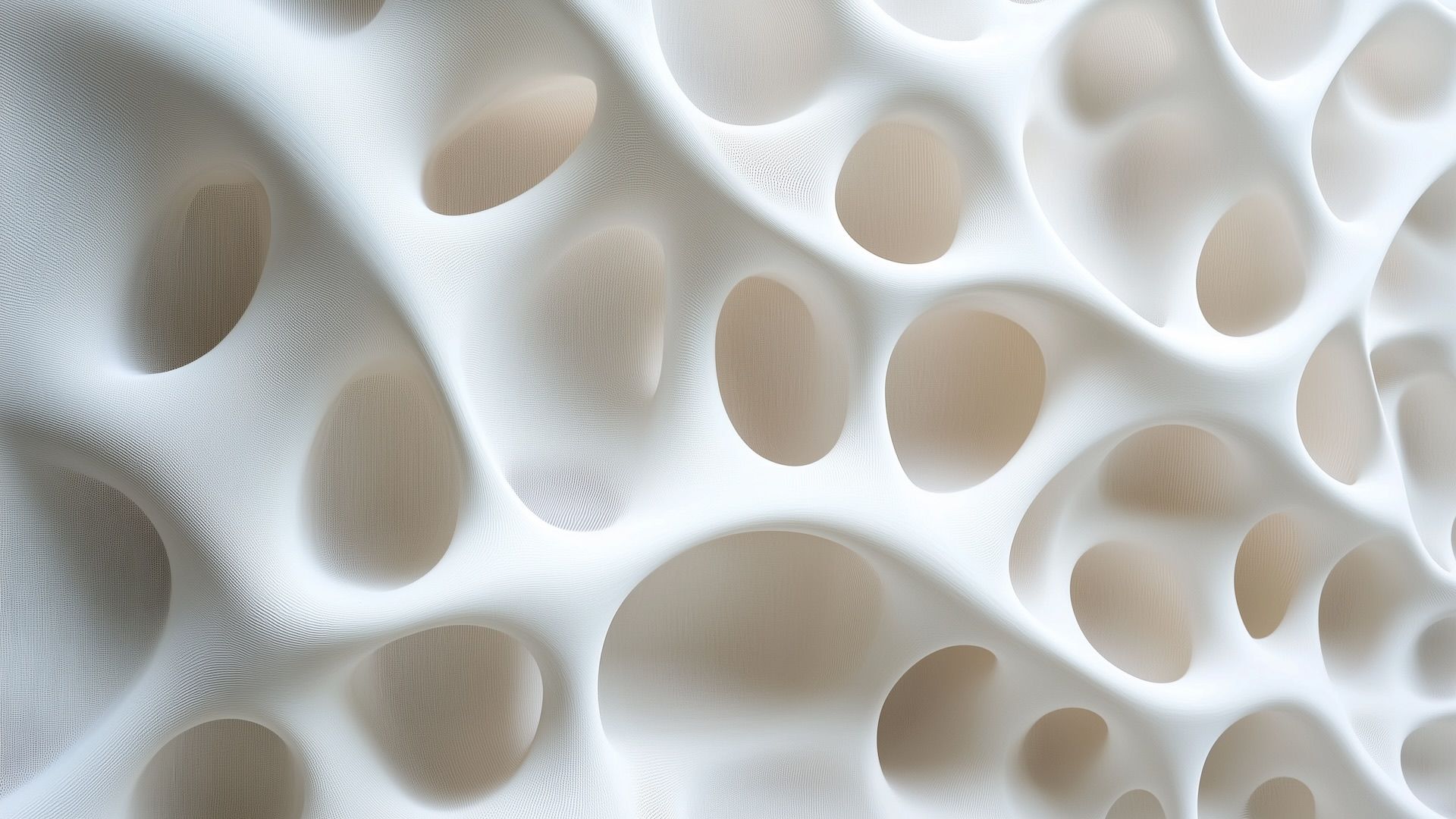
In this blog post we provide a concise summary of the latest new features, extensions and integrations that were made to the platform.
THREEJS SUPPORT
Introducing NPM packages for ThreeJS & BabylonJS game engines.
Nov 7, 2024
by Matas Ubarevicius

We are thrilled to announce the release of two new open-source packages designed to advance our mission: making 3D CAD accessible and adaptable for a broader community of developers. These packages, @bitbybit-dev/threejs and @bitbybit-dev/babylonjs, are critical steps toward our strategic goal of democratizing access to 3D CAD technologies, and they offer greater flexibility for our users.
50% Off 12-Month GOLD & SILVER Subscriptions – Limited Time!
You have till October 1st, 2024 to get 50% discount to our GOLD & SILVER plans for 12 months. Don't miss out! Use the code: PARAMETRICROCKS
Aug 19, 2024
by Matas Ubarevicius
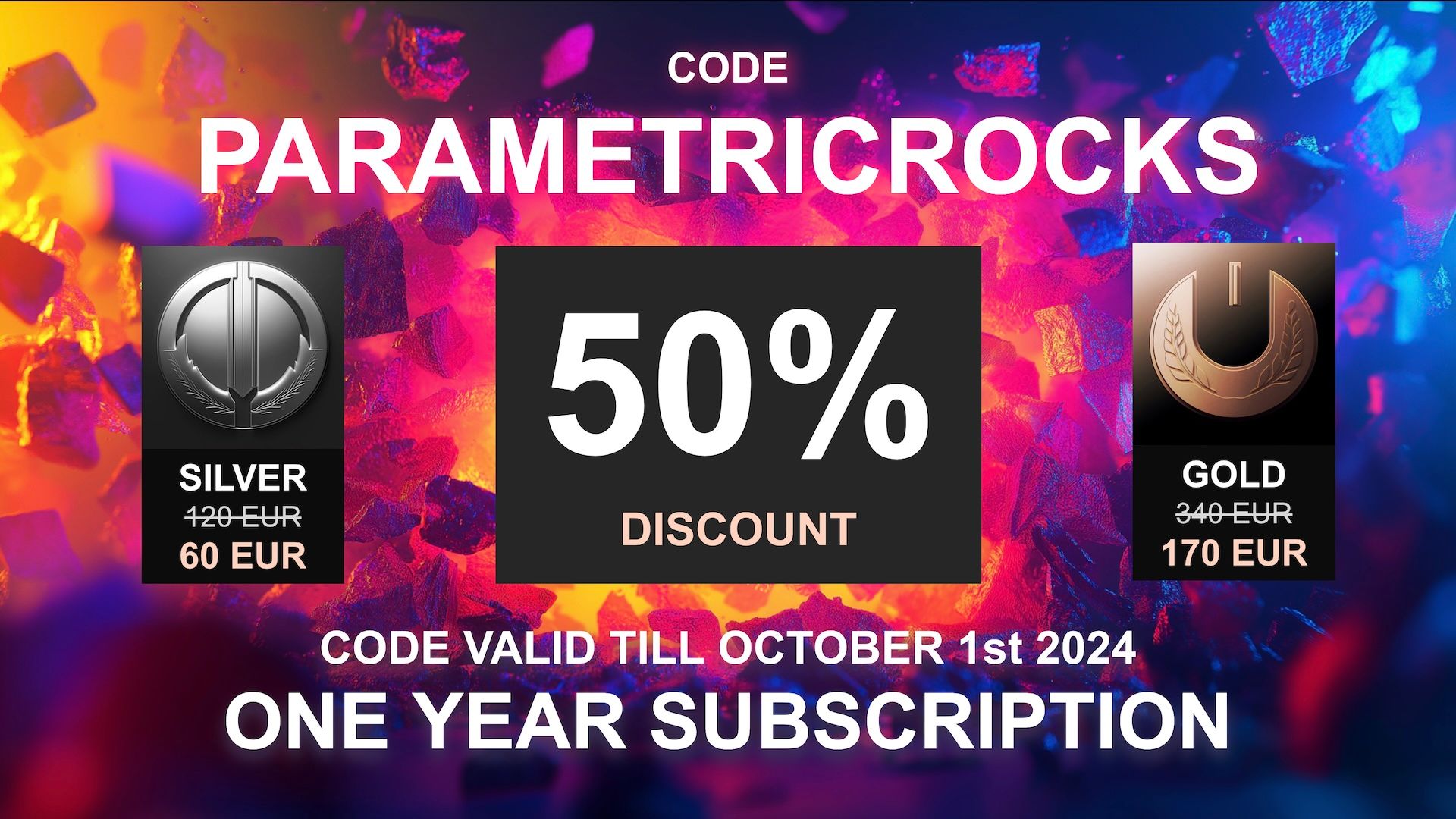
In this blog post we introduce you to the limited time offer and explain how to use it.
3D BITS APP FOR SHOPIFY
Introducing the 3D Bits App for Shopify - your gateway to revolutionizing online shopping with cutting-edge 3D technology!
Jul 29, 2024
by Matas Ubarevicius
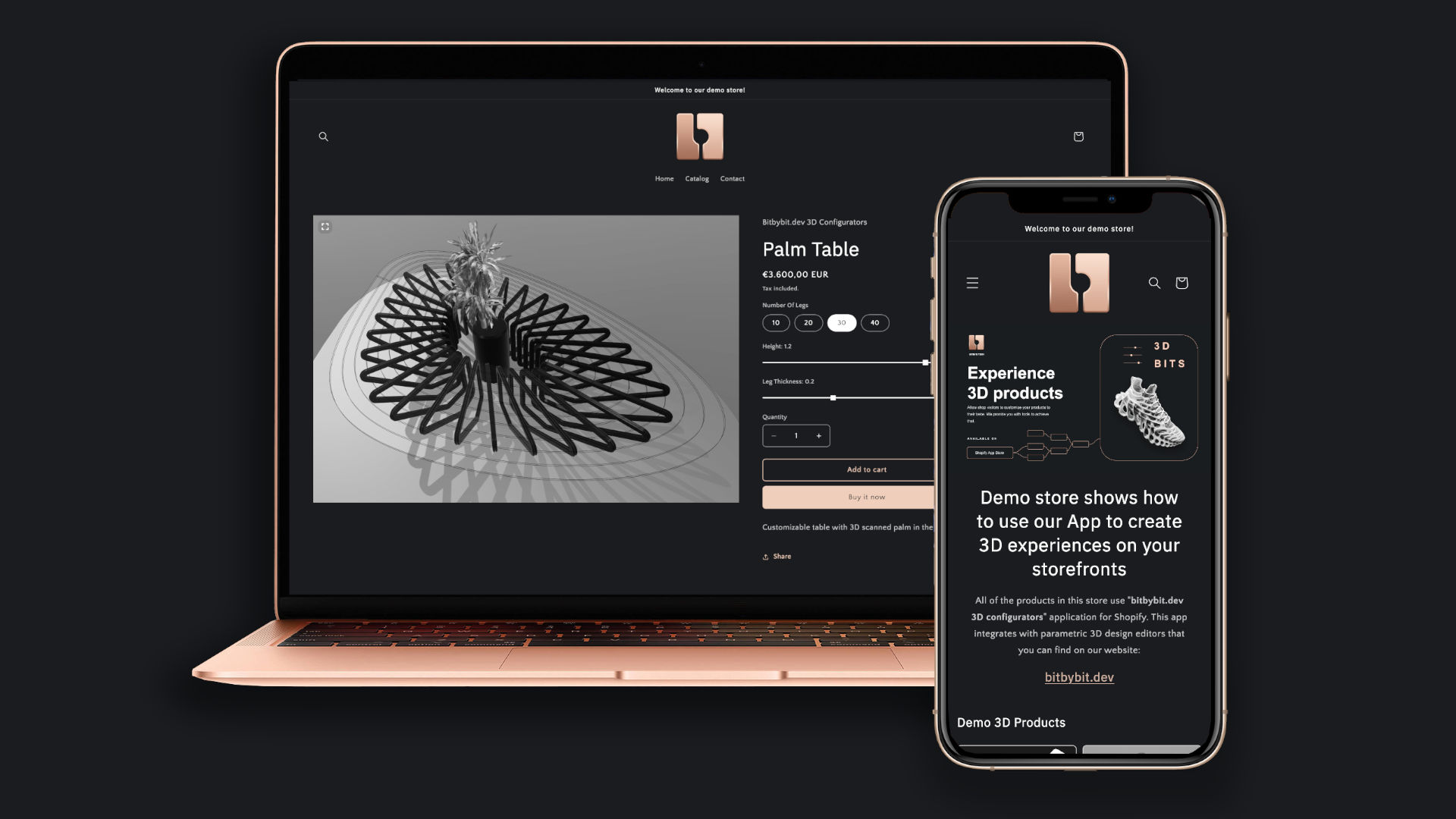
Unlock the power of 3D products on your Shopify store with 3D Bits. Our app empowers you to create, customize, and sell stunning 3D products, transforming your customer’s shopping experience into an immersive journey.
GAUSSIAN SPLATTING
3D scans of real world objects.
Jun 7, 2024
by Matas Ubarevicius

Ability to include real world objects into your scenes opens up a lot of new scenarios that we will discuss in this blog post.
RELEASE NOTES 0.15.10
Gaussian splatting and few more updates.
Apr 12, 2024
by Matas Ubarevicius

In this release we mostly concentrated on improving the runner and adding support for gaussian splatting.
INTRODUCING BITBYBIT-RUNNER.JS
Containment has failed! Run your scripts wherever you are on the internet.
Apr 23, 2024
by Matas Ubarevicius

In the last couple of weeks we've been discussing and experimenting with a new way to run and embed bitbybit scripts. The result of these experiments is a new tool called BITBYBIT-RUNNER.JS. You can now run your scripts on your own websites, blogs, webshops or third party coding sites.
TESTING 3D GEOMETRY ALGORITHMS IN OCCT
Short introduction to recent improvements in code quality
Apr 12, 2024
by Matas Ubarevicius
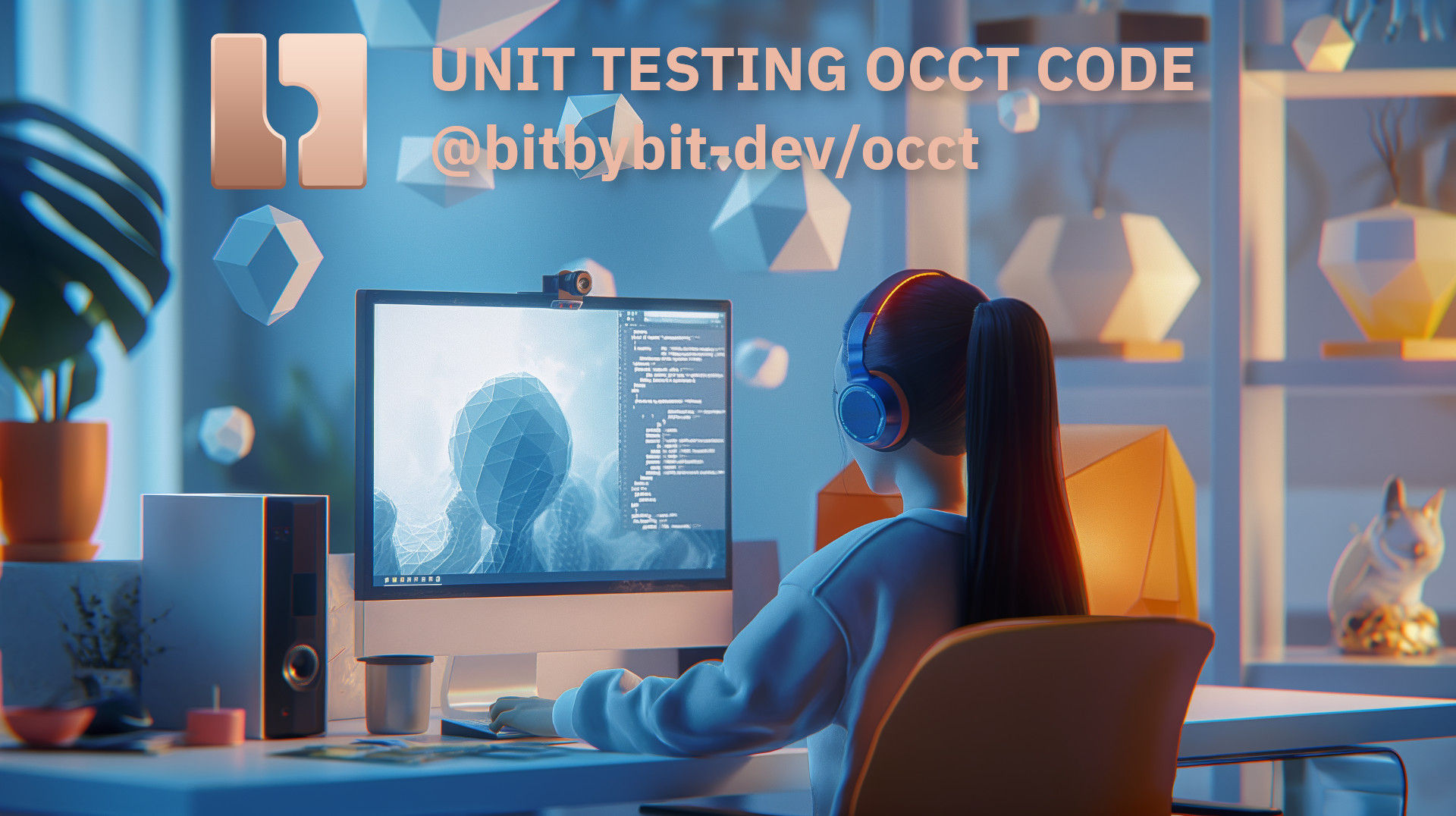
We've been working on improving the quality of our core codebase by adding new unit tests and restructuring the code in the @bitbybit-dev/occt layer. In this article, we'll explain why these changes were necessary and how they benefit our platform's users.
RELEASE NOTES 0.15.8
New feature for offsets and quality improvements.
Apr 12, 2024
by Matas Ubarevicius

This time we mostly focused on improving the quality of our @bitbybit-dev/occt layer. Offsets were extended to support adding face for guidance.
RELEASE NOTES 0.15.7
New features for creating circular edges and small fixes.
Apr 5, 2024
by Matas Ubarevicius

This release builds on top of features presented in the previous release. This time we implemented few powerful new methods to create circles in between other circles or a circle and a point.
RELEASE NOTES 0.15.6
New features for creating wires and faces from two or more circles. This is very useful when designing complex mechanical parts.
Apr 4, 2024
by Matas Ubarevicius
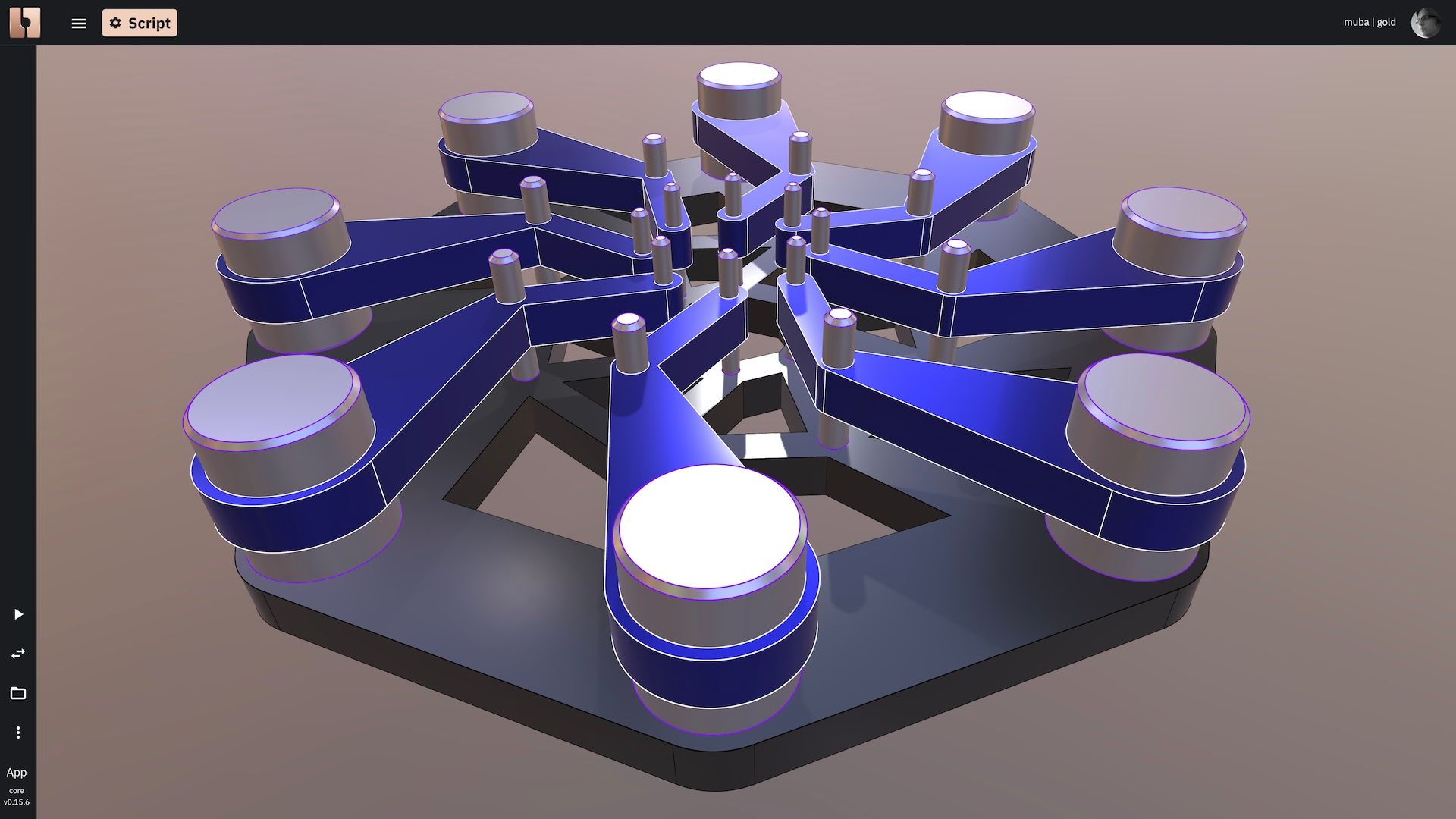
This release builds on top of features presented in the previous release. This time we implemented few powerful new methods to create wires and faces from two or more circles.
RELEASE NOTES 0.15.5
New features for working with circles and vertices.
Apr 4, 2024
by Matas Ubarevicius
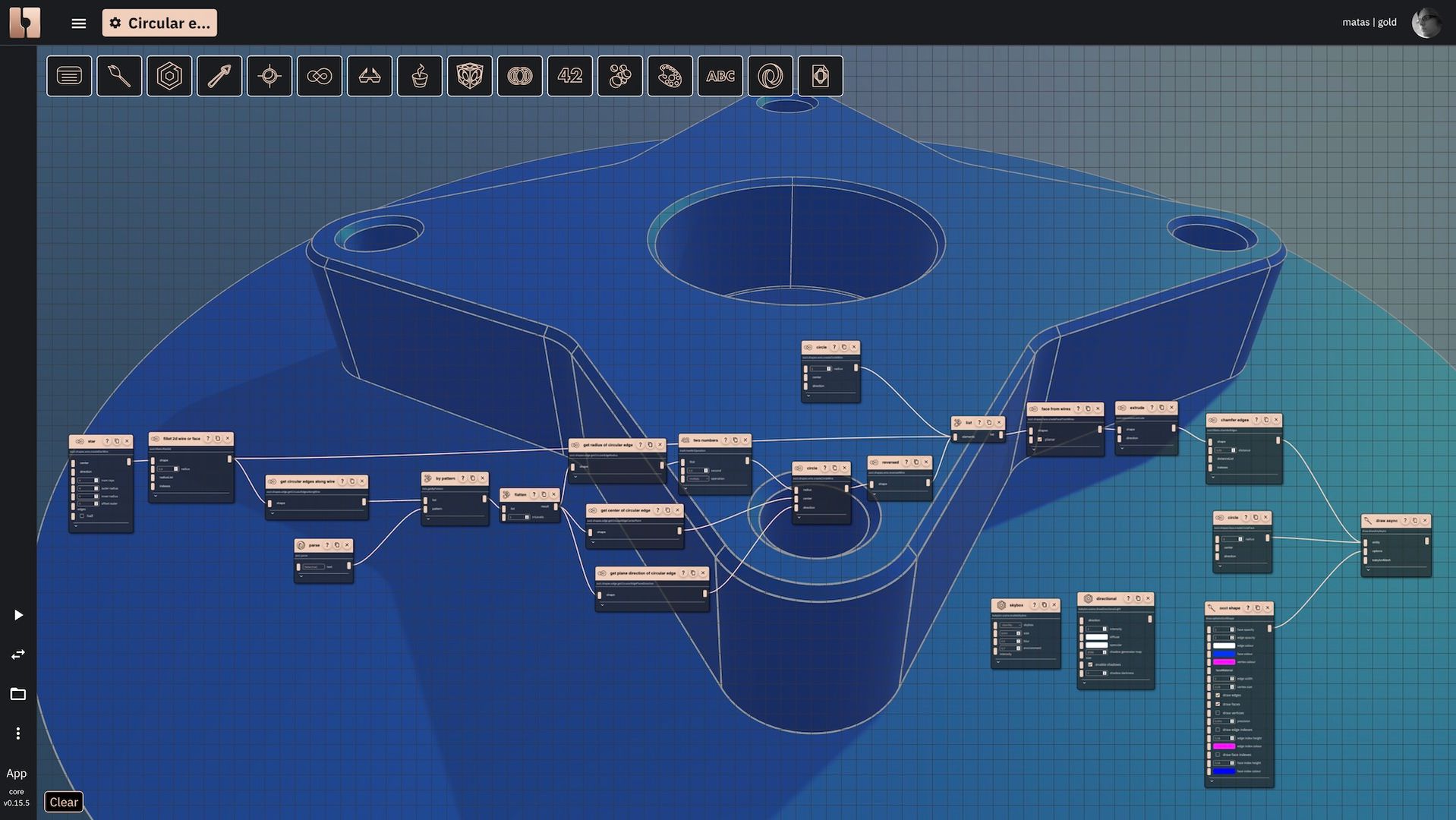
This time there are a lot of new features making it easier to work with circles, arcs and vertex type shapes. All of the algorithms in this release are open-sourced under MIT and are included in our NPM packages.
MOOS MODULAR HOUSING CONFIGURATOR
We had the pleasure of collaborating with Leon Spikker to develop an easy-to-use modular housing configurator for our valued Dutch client, 'In The Middle Of Our Street' BV (MOOS). The end result is a fantastic tool that we are incredibly proud of.
Feb 18, 2023
by Matas Ubarevicius
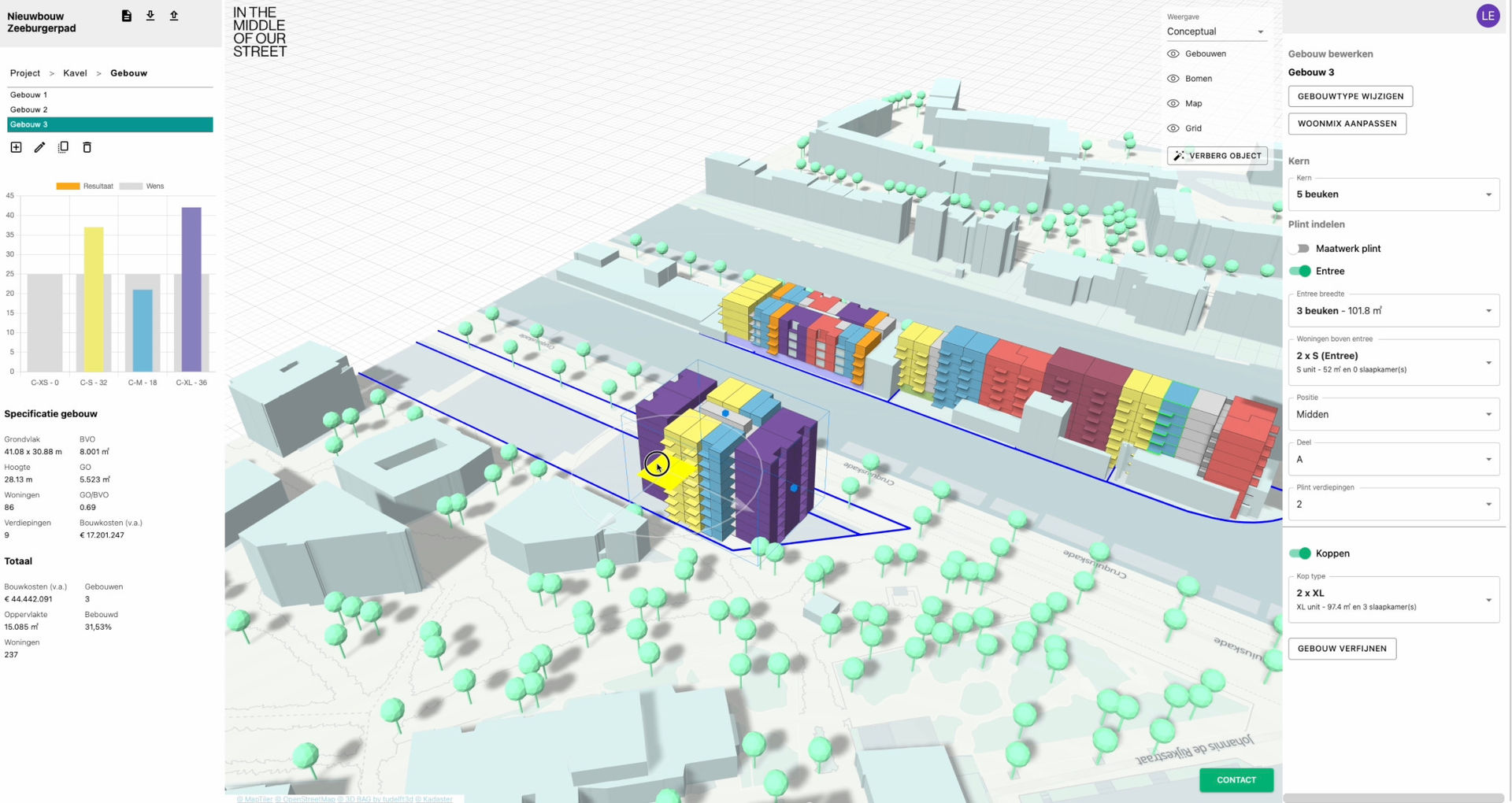
This new innovative tool simplifies the exploration of countless configuration options provided by MOOS housing modules. Our team programmed a user-friendly web application that enables users to effortlessly select different parameters and view real-time 3D model and data changes. We're thrilled to have played a part in bringing this project to life!
MIXED REALITY CAD
Our latest experiment demonstrates that it is possible to use our CAD algorithms in a mixed reality environment.
Feb 17, 2023
by Matas Ubarevicius
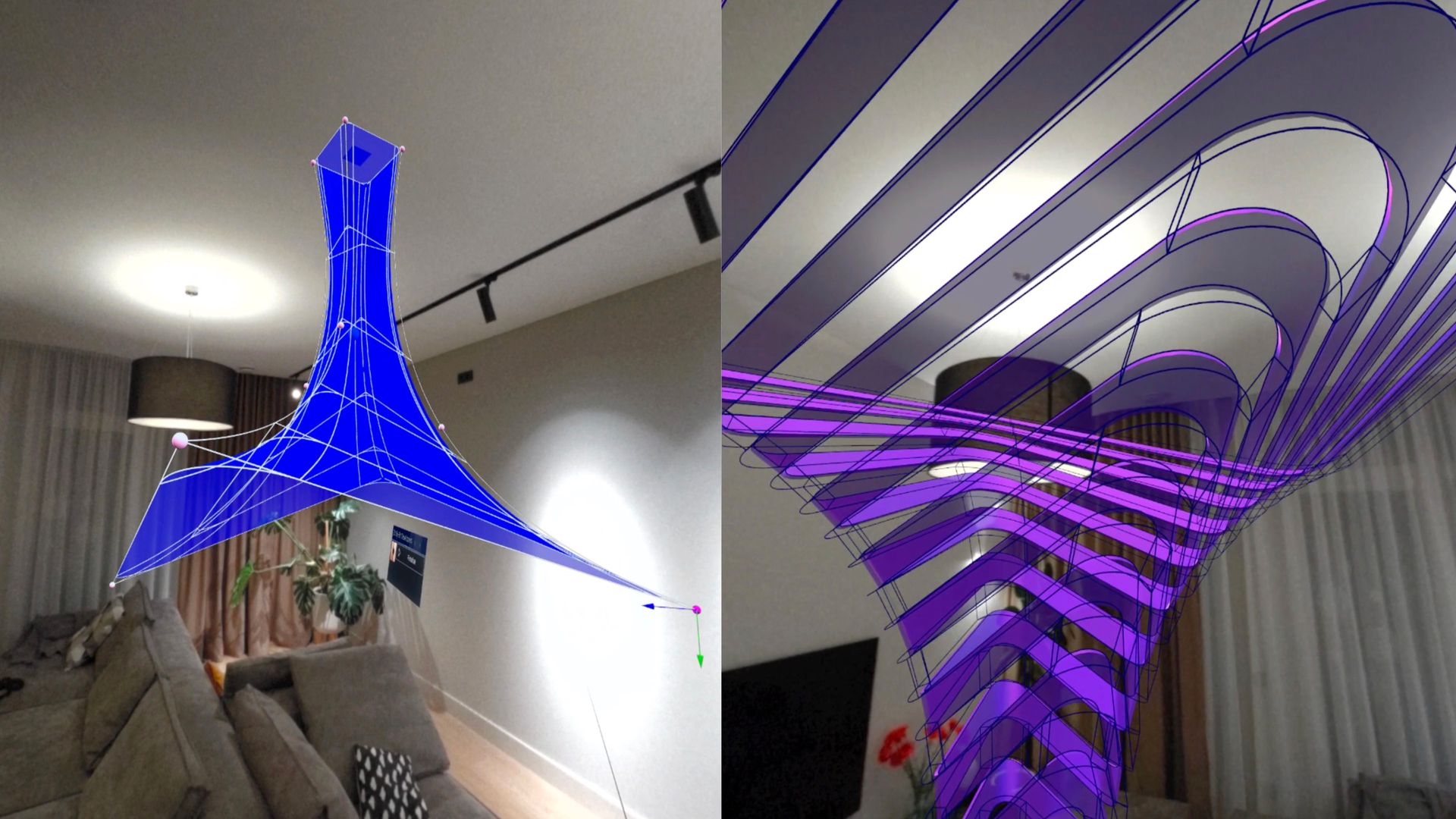
We have created a small application that utilizes Meta Quest Pro to display and interact with parametric 3D models in a mixed reality environment. The 3D models are generated using a combination of open-source and proprietary CAD algorithms, and we have also developed a custom WebXR interaction layer for our internal use in the application. This allows users to manipulate the 3D models in real-time using a range of intuitive and user-friendly tools, enhancing the immersive and interactive experience of using CAD in the metaverse.
ENHANCING THE PLATFORM FOR WIDER USE AND EASY INTEGRATION
Learn how you can tap into our npm packages and use them to create stunning 3D applications
Feb 4, 2023
by Matas Ubarevicius
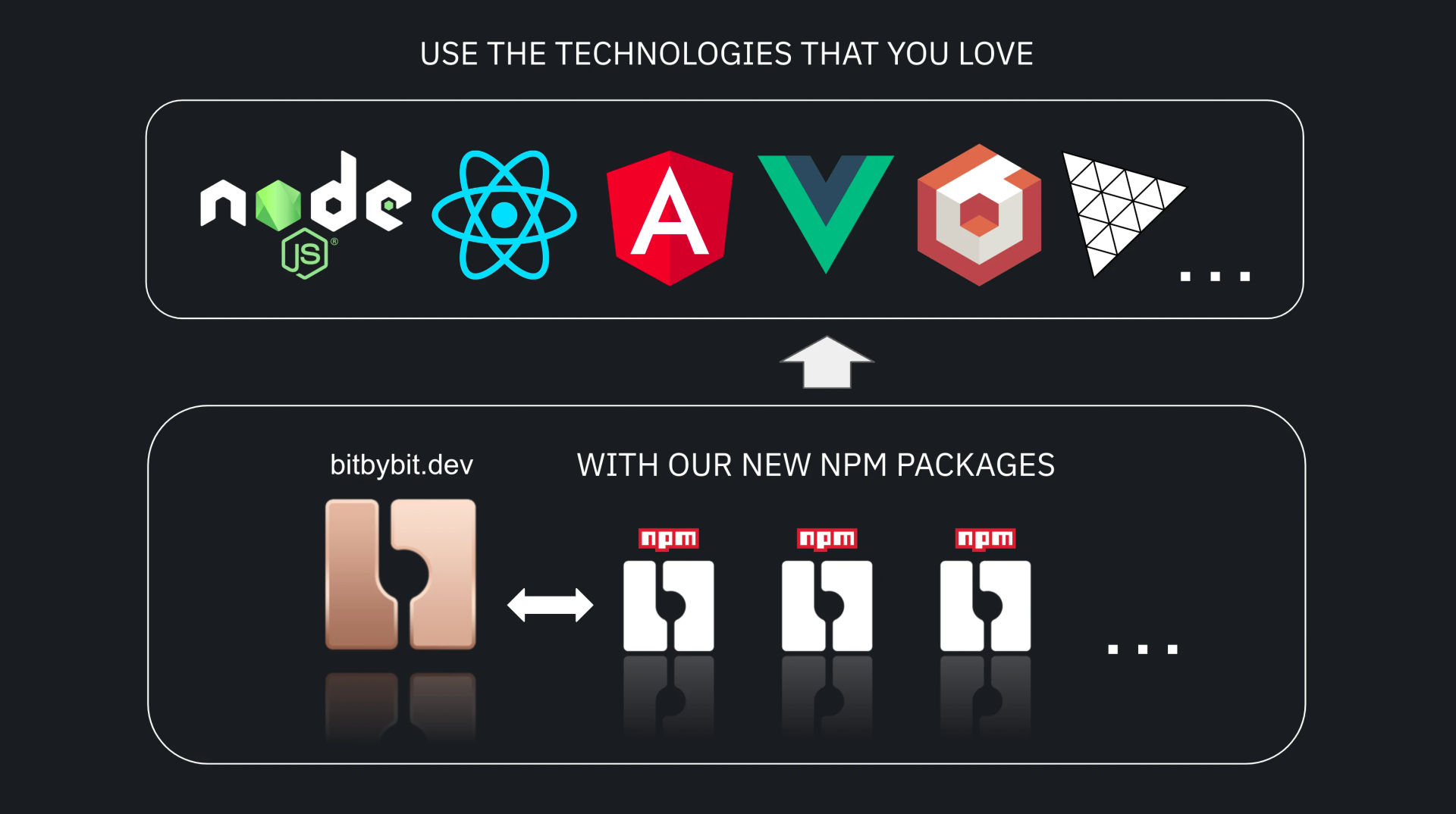
In our recent platform update we split our codebase into reusable packages and published them under MIT License for everyone to use. This article will introduce you to the packages and show you how you can use them to create your own 3D applications.
GOLDEN AGE FOR OPEN-SOURCE CAD AND AI
Open-source CAD software and AI have the potential to revolutionize the field by providing a platform for collaboration and innovation. Closed-source ecosystems may struggle to keep up due to proprietary restrictions and a focus on commercial interests over innovation.
Feb 3, 2023
by Matas Ubarevicius & ChatGPT
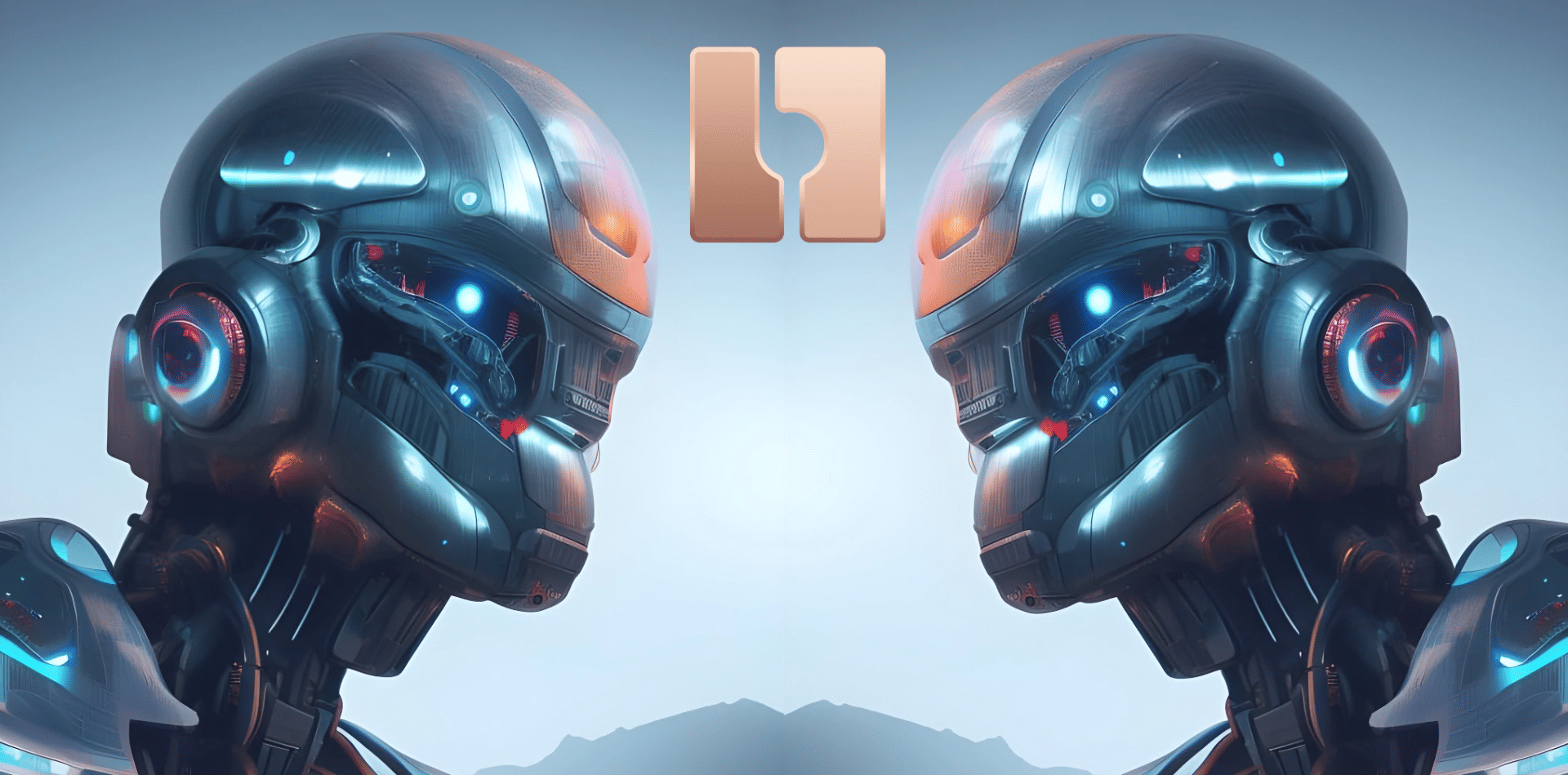
The field of computer-aided design (CAD) has come a long way since its inception, with the advent of artificial intelligence (AI) set to revolutionize the industry even further. In this blog post, we will explore how open-source CAD software can enhance AI, and vice versa. Additionally, we will discuss why closed-source ecosystems may not benefit from the AI revolution in the same way that open-source software will.
THE CLOUD OF BIT BY BIT DEVELOPERS
Learn how you can create and share your projects with the world
Nov 8, 2021
by Matas Ubarevicius
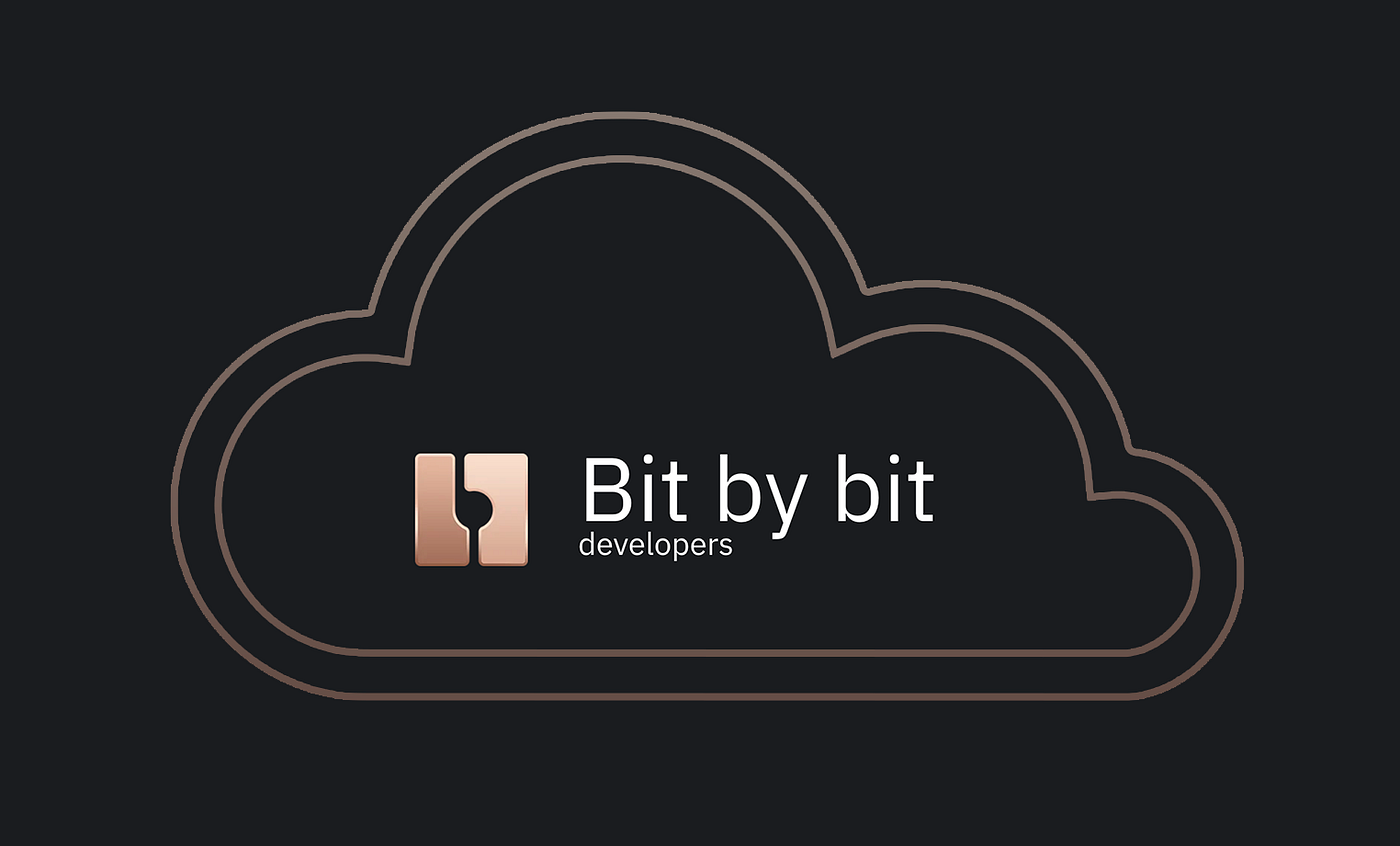
In this blog post we explain how our cloud services work and how you could benefit from them. If you are not interested in persisting your project on our database and if you do not want to share your projects with others, you might as well use our free app that works with files.
About
In this blog you can read the news about the platform, our web applications, community and the company. We love topics of computer aided design, game development, 3D modeling, thus expect to find content on that also.
